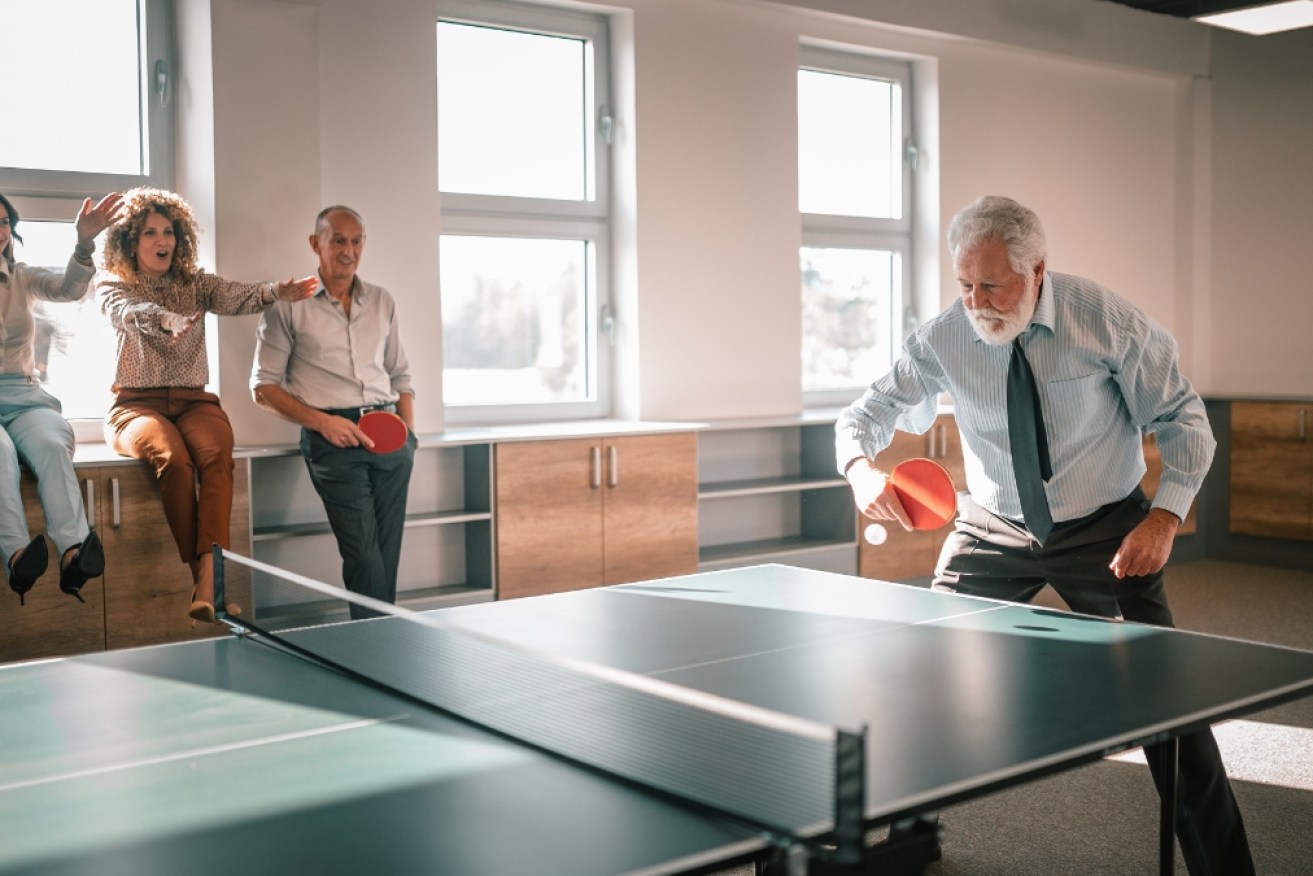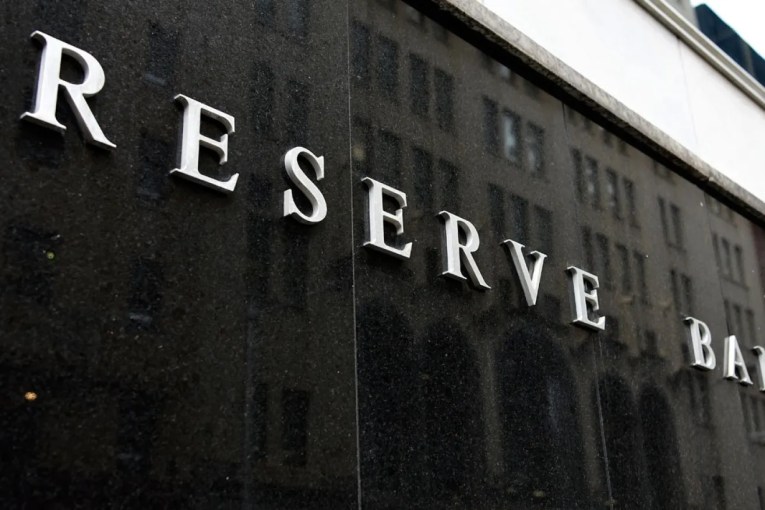Managers use ‘loud leaving’ as work-life balance fix, but it’s not enough


Offices are being turned into fun zones to get workers back. Photo: Getty
As the battle to get people to work from the office continues, employers are showing off improvements to office life – but it might not be enough.
LinkedIn research shows one in three Australians are going into the office three days a week as the workforce settles into hybrid work.
But workers are seeking ways to balance their time between work and life, as more than a third say they sometimes experience burnout.
To help achieve better work-life balance, LinkedIn found some managers are turning to ‘loud leaving’ as a solution, where they visibly leave the workplace to make it known that it’s OK to shut down and stop working at a reasonable time.
Aaron McEwan, Gartner vice-president of research and advisory, said leaders that participate in loud leaving are doing the right thing in encouraging healthier work habits.
But the office “can’t compete” with working from home, and bosses aren’t getting the message.
“There’s real tension between these leaders who want people in the office because they think when they’re in the office they’re more productive. They can see them. They can control them. They think it’s better for things like collaboration and innovation,” Mr McEwan said.
“Now the truth is, there’s virtually no research that supports that mindset.
“When the hybrid work is designed well, and you use the right technology, tools and processes, you can get similarly good outcomes around collaboration and innovation.”
Offices turning into entertainment central
Some workplaces are pulling out all the stops to entice employees to stay.
Co-working and private office workspaces’ provider, @Workspace, found offices around Australia are being turned into entertainment centres to keep workers interested, with trends including:
- Fully-stocked kitchens
- Comfortable lounge areas for breaks
- Cards and boardgames to play during lunch, or to initiate office tournaments
- Gaming areas with equipment like ping pong tables and other fun activity set-ups
- Non-work related classes, such as cooking or dance.
Mr McEwan said these efforts are a “nice try”, but are largely being made in vain.
Some employees would likely feel uncomfortable taking advantage of the gaming or rest activities during the work day, and the workplace would still not be as comfortable as working from home.
“It actually misses the point,” he said.
“The data that we’ve collected shows very strongly … [employees] rate [home] as the place that allows them to do their best work. It’s hard to do good-quality work in an open-plan office, when you’re constantly being disrupted, or the technology you’ve got is inadequate.”
The way forward
Although 73 per cent of business leaders want staff to came back to the office more frequently, 75 per cent of workers under the age of 54 report that a lack of flexible work options would motivate them to leave or look for another job.
Instead of requiring workers to be in the office for mundane day-to-day tasks that could be done from home, Mr McEwan said bosses should take a note from the evolution of cinema trends since the rise of streaming services.
Comedies and dramas might be considered couch-viewing these days, but blockbusters such as Marvel movies still draw strong crowds to the box office despite the hassle of the commute and extra expense of tickets and food.
Workplace leaders should be asking themselves what the equivalent of a blockbuster would be for the office, such as a training workshop or collaboration activity, he said.
“We shouldn’t be talking about ‘How many days do you come into the office?’ What we should be talking about is, ‘What work should we come into the office to do?’.”
Disconnect driven by privilege
Mr McEwan said the divide between bosses and regular employees regarding the urge to go back to the office largely comes down to the level of individual privilege.
LinkedIn data shows two in five Australians named the commute as what they dislike most about coming into the office, with 32 per cent saving up to 60 minutes daily and 25 per cent saving up to 90 minutes daily when working from home.
The top ways in which people spend this extra time are getting house chores done, resting, and focusing on their wellbeing.
But higher-level executives are often able to afford outsourcing their domestic responsibilities, leaving them living a slightly different reality to the average worker.
“If you’re commuting for an hour each way to work each day, you come home exhausted … you do all of your domestic chores on the weekend, which means that you don’t get to recover from the work week, you don’t have a social life, you can’t invest in your life in any meaningful way,” Mr McEwan said.
“Now most executives outsource all of that; they have cleaners, they have nannies … they’ve also got all lots of disposable income, which means that they can buy healthy food, they can get a personal trainer, stay fit.
“That’s just not the reality of the average worker.”







